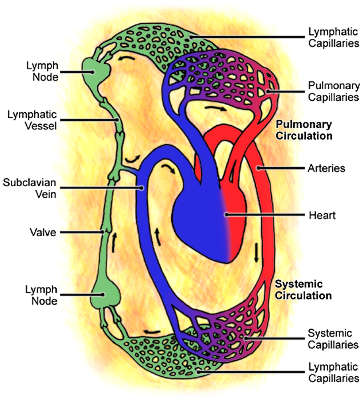Over the last couple of years, and at least a year before I found this group or read TOXIC Superfoods, I found myself having my first experience with dumping unaware of what it was or what was causing it. Back around 18 months ago now, I had bought myself a 1 Kilo sized bag of Potassium Citrate as a means by which to increase my potassium levels through supplementation. I didn’t feel any massive dumping issues, but started experiencing pretty significant edema in my lower legs, ankles, and feet. I thought that maybe I had an allergy to citrate at the levels I was taking it. So I stopped and it went away. Back to normal. Then along came Sally Norton and this group. I dropped all dietary oxalate like a hot sweet potato topped in cooked spinach and almonds…8)
Not long after the edema started working its way back into my life until It finally maintained steady residency. And on virtually NO oxalate, there has been nothing I could do to undo this pudgy inconvenience. It has sucked to say the least.
Still refusing to eat dietary oxalate because of the mammoth wreckage it does to our gut, I figured it was time to pull out my science degree and apply some expensive learning to this problem.
What I’ve started doing instead of eating it in the form of foods is to upregulate endogenous production by means of increasing Vitamin C intake in the form of Ascorbyl Palmitate, a fat soluble form of Vitamin C, along with agave syrup which is very high in fructose content.
Both Vitamin C and Agave Syrup increase our body’s ability to internally synthesize oxalate/oxalic acid so that I can avoid doing damage to the lining of my intestinal/colonic tract. So far, the results have been fantastic to say the least. I’m almost shocked at how quickly it initially started working. Literally within two days there was an appreciable reduction in swelling. So it has seemingly been a successful way to slow down the painful reality of dumping while not having to put any oxalate in my mouth.
And from what I’ve read, someone could literally blunt oxalate dumping all together in a VERY short period of time with just a single 2-3 Tbsp. dose of Agave Syrup. That being said, I may have stumbled upon a safe means by which to reduce the oxalate dumping gently if one wanted to, or, at the own discretion, treat it acutely and halt it altogether with something as innocuous as 2-3 tablespoons of Agave Syrup.
Fructose, which is particularly high in agave syrup, can indirectly raise endogenous oxalate production because of how it’s metabolized in the liver. When you consume fructose—especially in higher amounts—it’s rapidly phosphorylated and shunted into glycolysis and related pathways without the tight regulation that glucose has. This can lead to an oversupply of certain intermediates, particularly glycolate and glyoxylate. Glyoxylate is a direct precursor to oxalate, so when its levels rise, more oxalate can be formed.
High fructose intake can also increase uric acid and oxidative stress, which may push metabolism further toward oxalate formation.
